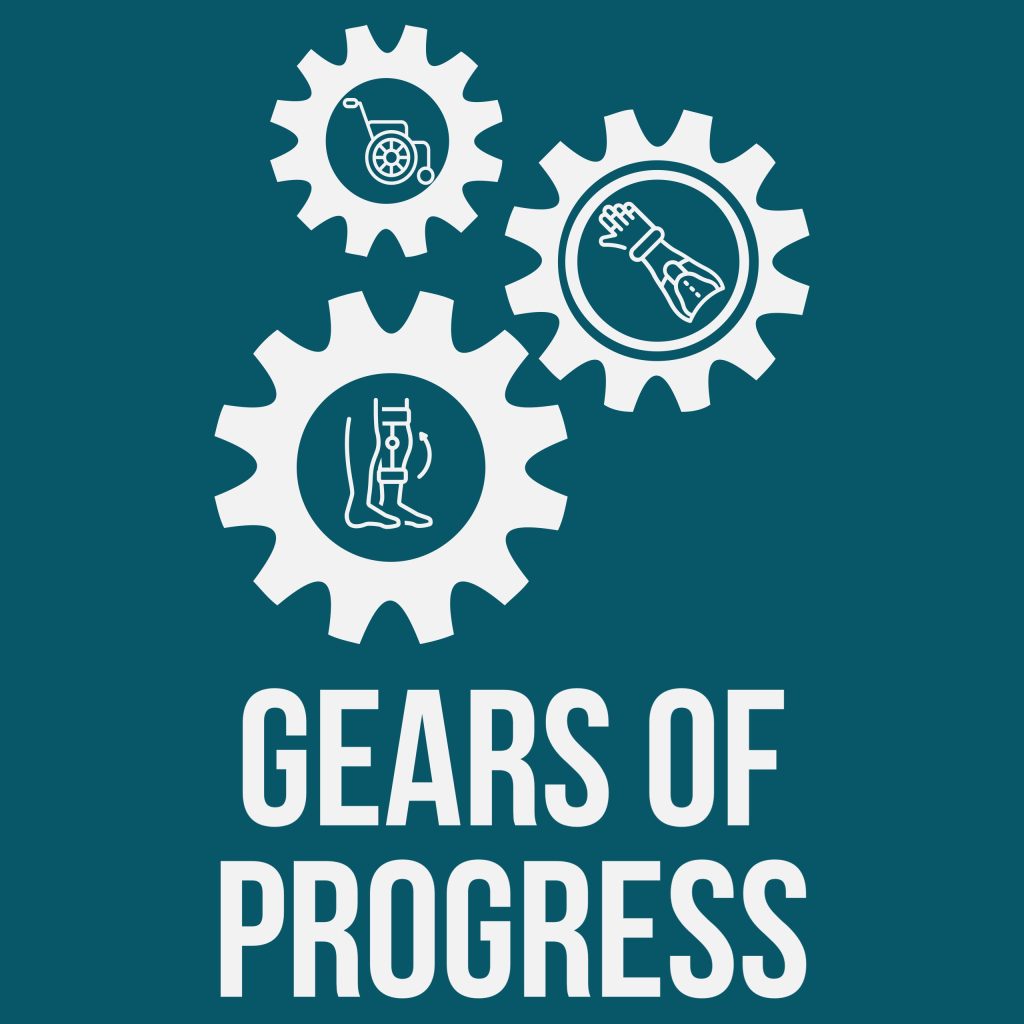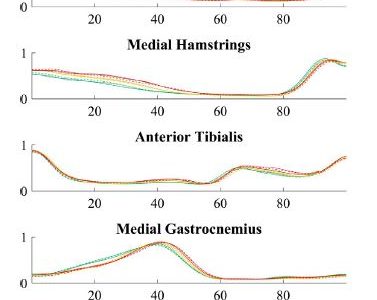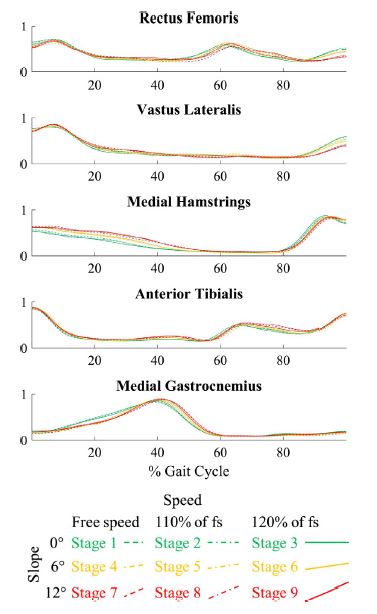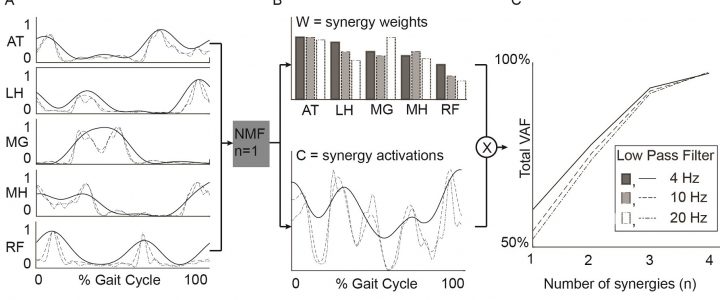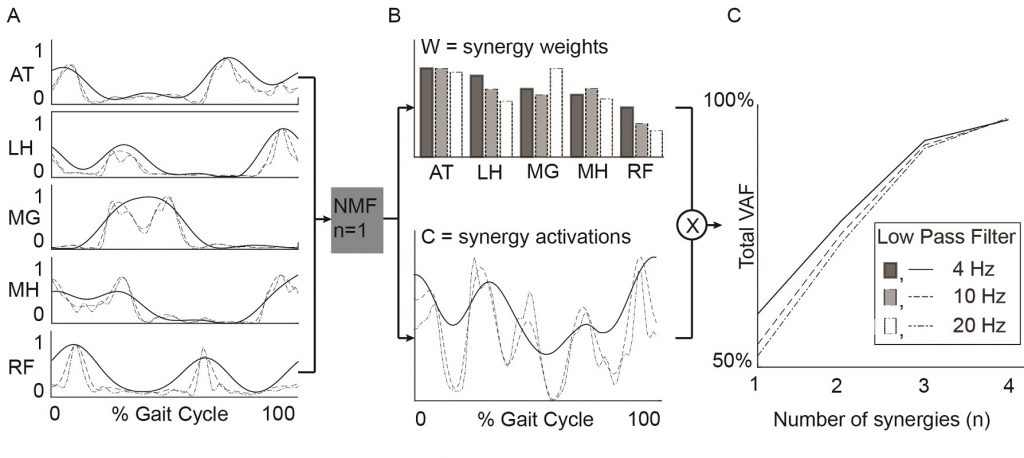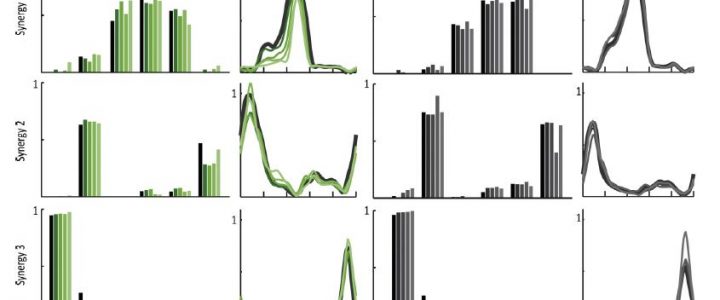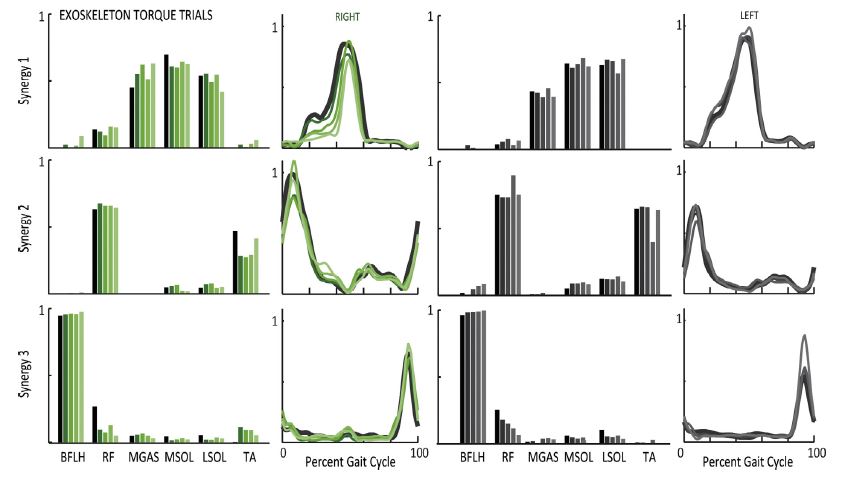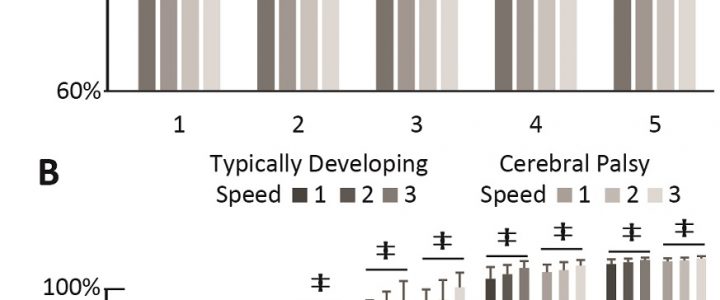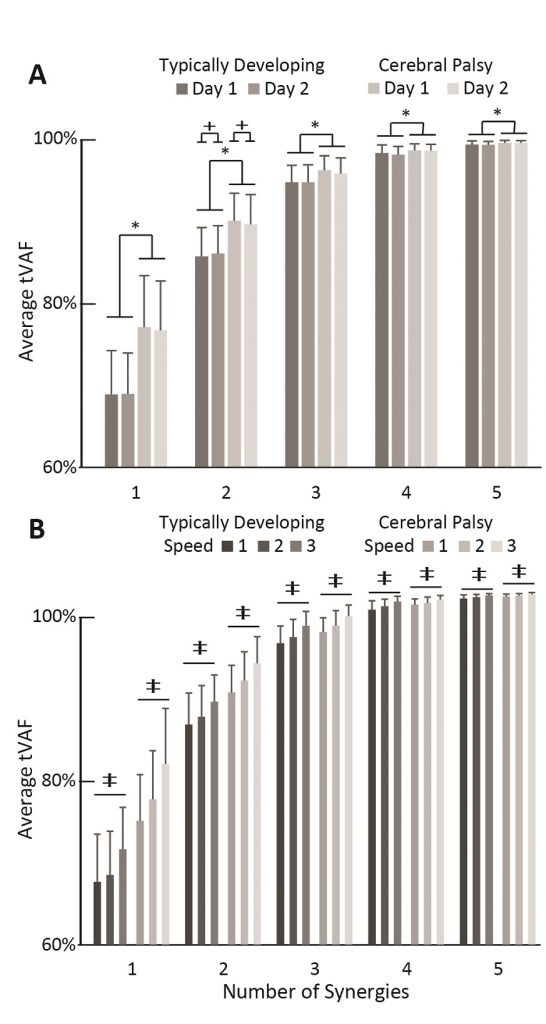Lab member, Sasha Portnova, launched a new podcast on research in rehabilitation and assistive technologies. The first episode features Steele Lab Alumni, Elijah Kuska, with a conversation on computational biomechanics, synergies debates, and the importance of education accessibility.
Name: Gears of Progress
Platforms: Spotify, Apple Podcasts, Amazon Music, Castbox
Podcast launch date: Dec 1
Release frequency: bi-weekly on Fridays
Theme: Podcast about research and innovations in rehabilitation engineering and assistive technologies aimed to improve accessibility for people with disabilities. Every episode will feature engineers, medical professionals, end-users, and organizations who focus on improving the health and well-being of individuals with disabilities. We will be covering topics such as emerging tech, outcome measures, medical practice, public policy, accessibility education, and so much more!
Twitter: https://twitter.com/GearsOfProgress


